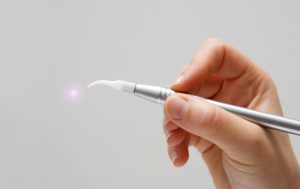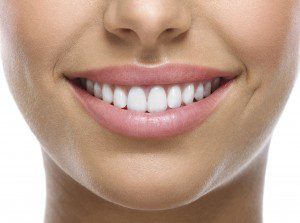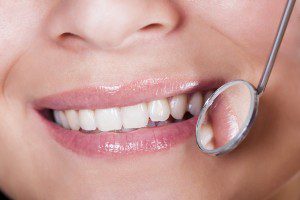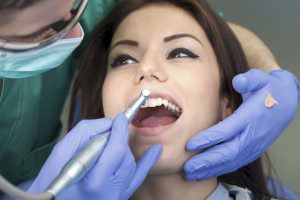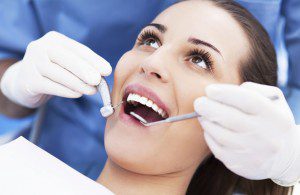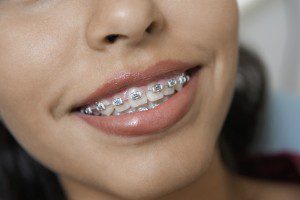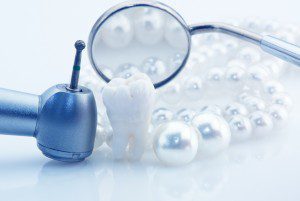 A snore guard is an anti-snoring device that’s fitted inside the mouth to help prevent snoring. This device does so by holding the lower jaws forward, allowing for better airflow and preventing obstruction. While a snore guard shares its concepts with other anti-snoring devices, what makes it unique is that it requires professional fitting. This means that you can only get a snore guard from a dentist, of which will take care of taking the specific specifications of your mouth and creating this anti-snoring device.
A snore guard is an anti-snoring device that’s fitted inside the mouth to help prevent snoring. This device does so by holding the lower jaws forward, allowing for better airflow and preventing obstruction. While a snore guard shares its concepts with other anti-snoring devices, what makes it unique is that it requires professional fitting. This means that you can only get a snore guard from a dentist, of which will take care of taking the specific specifications of your mouth and creating this anti-snoring device.
How Does It Work?
As explained earlier, this oral device helps promote better airflow in the throat by preventing the jaw and tongue from falling back and collapsing. This is referred to as mandibular repositioning and has been proven to be an effective means of eliminating obstruction from the airways and in many cases, stopping snoring.
A snore guard, though, is custom-fitted to make sure that it fits over the top teeth properly, all the while keeping the lower jaw forward comfortably.
Benefits
- The one-piece design keeps this device simple and easy to use. No need to put together multiple pieces, nor worry about wires and elastic bands.
- The device utilizes a patented airflow technology that not only prevents snoring while you sleep, but also allows you to breathe comfortably.
- The device has been around for many decades and has been used by dental professionals all over the world.
Disadvantages
- Despite the slight differences in the design of a snore guard to make it more effective, the device still suffers from some of the disadvantages of wearing other anti-snoring mouthpieces. This includes discomfort such as facial pain, teeth and gum soreness, as well as jaw pain during the adjustment period, which can last for a few days or a few weeks.
- Obtaining a snore guard isn’t easy as it is only available via prescription. There are other alternatives that, although may not be as effective, use a similar technique and are available over-the-counter.
- Aside from requiring a prescription, the only way to get a snore guard is to get it from the dentist. This means that on top of the product’s price, you have to pay for the dentist’s professional fee. This can make snore guards much more expensive compared to other oral devices.
Are Snore Guards Really Effective?
That depends. If you’re snoring because your jaws fall back when you’re asleep, devices utilizing the mandibular position technique such as a snore guard, can definitely help you. However, if your snoring for any other reason, you may want to look for other treatments.
Then again, snore guards and any other type of mouth guard can only help you so much. It still would be better for you to have yourself checked by a sleep specialist to find out the main cause for your sleep apnea.
By getting yourself checked by a board-certified sleep specialist, your condition can be properly assessed and the proper treatment can then be prescribed to you. Whether that comes in the form of a snore guard or any other form of treatment ultimately depends on your health care provider.









